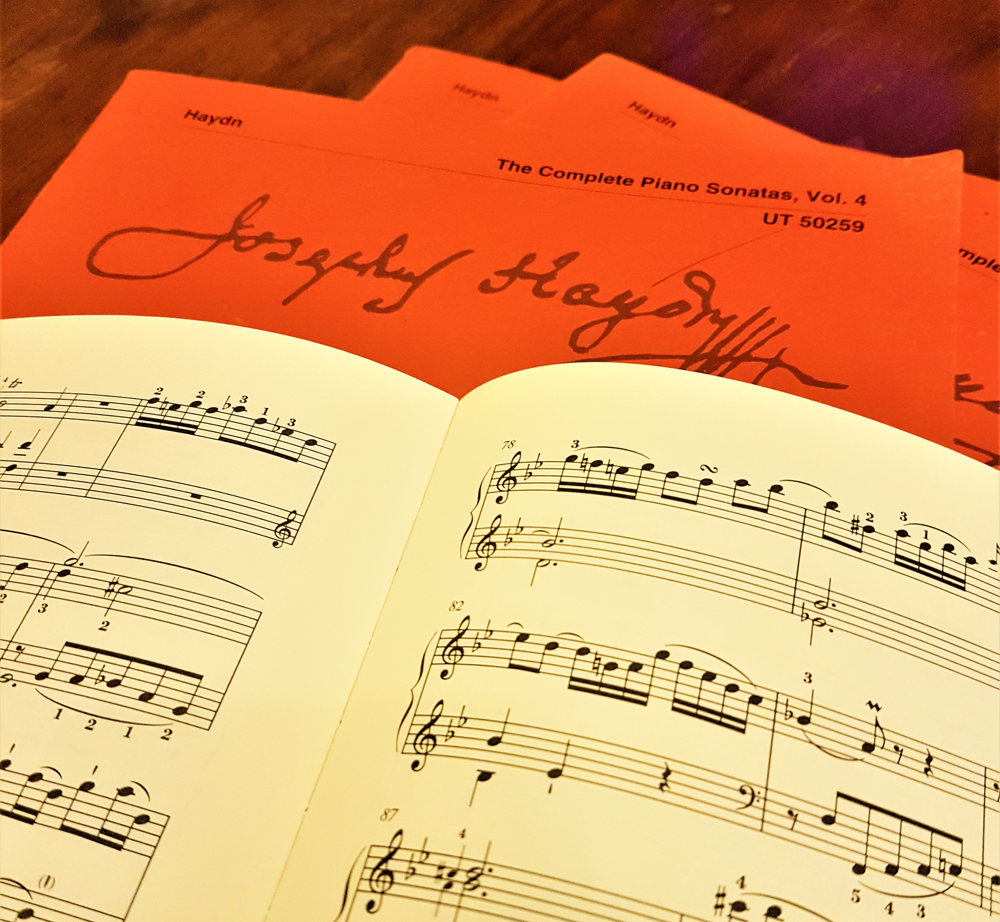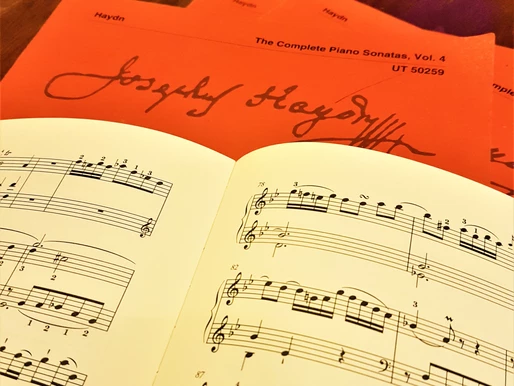Music Theory Resoucers, Uncategorized
How to analyse Haydn Piano Sonatas
How to analyse Haydn Piano Sonatas

Introduction
Analysing all Haydn Piano sonatas imply being aware of many different concepts related to the composition of these pieces. In general, my analysis are based on the theoretical work “Classical Forms” written by William Caplin. This is a quite extensive book which explains all the basics and particularities of classical forms.
My analysis are fundamentally different to others, mainly because they integrate the compositional, harmonic and interpretative aspects of Haydn piano sonatas. Why? Because these three elements define and condition each other. In particular, the interpretative instructions are based on the functions displayed by the elements identified in the formal analysis.
These article is one in a series of releases aimed to give context to my analysis. The first subject: Phrase Types.
Phrase Types
To understand better how phrase types work, it is important to acknowledge which can be their building blocks.
The basic building blocks for our phrases are:
- Basic Idea: It is a two measure unit which contains the main motive
- Contrasting idea: It is a two measure unit which is contrasting with the basic idea
- Fragmentation: It involves the condensation and repetition of a section of a motive
- Cadence: It gives closure to each function
The semi sections of a phrase can be:
- Period
- Antecedent
- Basic Idea + Contrasting Idea
- Consequest
- Basic Idea + Contrasting Idea
- Sentence
- Presentation
- Basic Idea + Basic Idea
- Continuation
- Fragmentation + Cadence
- Hybrid
- Antecedent + Continuation
- Antecedent + Cadential (elongated cadence)
- Compound Basic (same as antecedent but without cadence) + Continuation
- Compound Basic + Consequent
This structures are then modified through extensions, expansions, interpolations, different cadences and many more other elements…
This article only intends to mention some of the elements that are used for our analysis of the sonatas of one of the best classical piano players. We will then try and explain them more in-depth in other releases.
Don’t miss the next article “Haydn Sonata in F Hob. XVIF3 Bozner”
https://www.piano-composer-teacher-london.co.uk/post/2017/08/09/haydn-sonata-in-f-hob-xvif3-bozner
How to analyse Haydn Piano Sonatas
#Haydnproject #HaydnProject #pianolessonsforadults #Caplin

